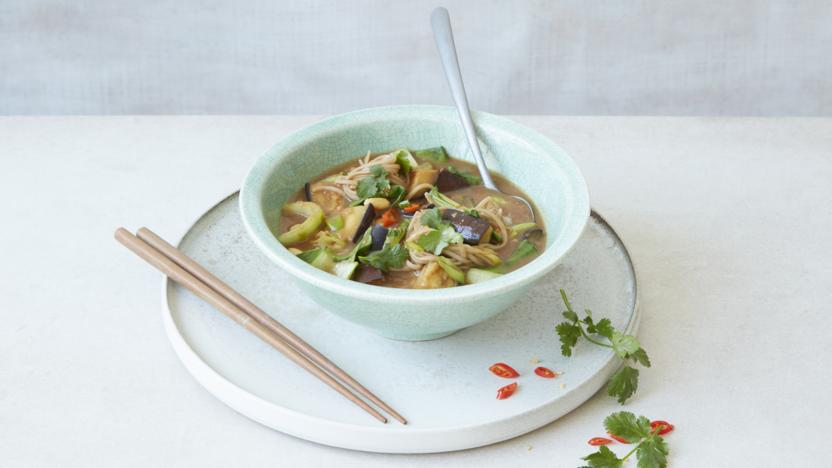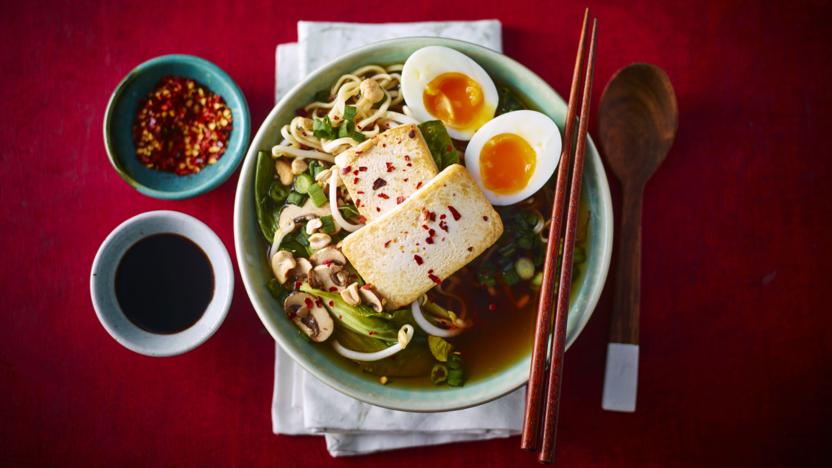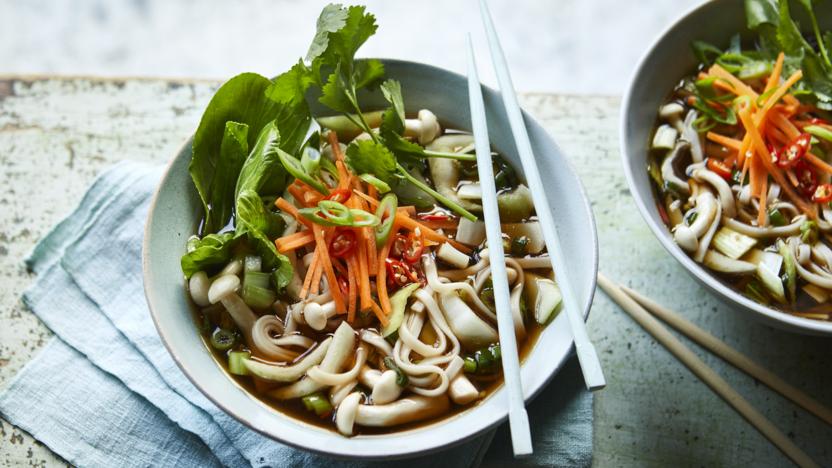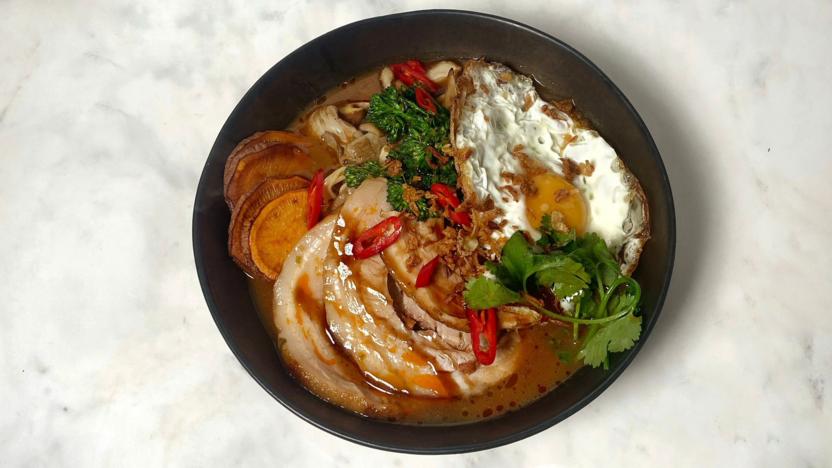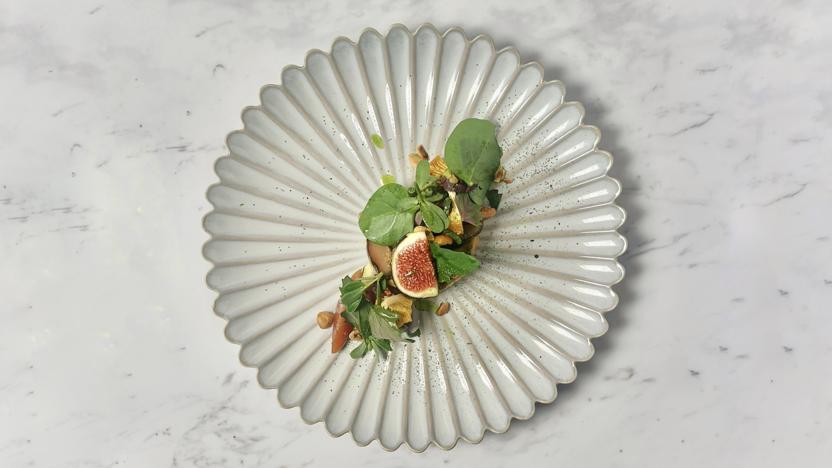Miso recipes
A fermented paste made from soya beans and rice, barley, wheat or rye, used in Japanese and South East Asian cookery. It imparts a deeply savoury, rich intensity to any dish that's cooked with it, from a classic miso soup to marinated and grilled fish, fowl or vegetables.
East meets west as the intense savoury flavour of Japanese miso paste combines with the fruity bitterness of British beer in this chicken recipe. We cooked it on the barbecue but itβs just as good baked in the oven.
More miso recipes
Buyer's guide
The range of miso varieties available can be daunting for the novice buyer, but many supermarkets and most specialist shops in Britain will stock a basic selection. The most common types are:
Light-yellow miso (Shinshu miso), which ranges in colour from light yellow to yellow-brown. It's the most common type of miso and is relatively mild in flavour. It's very versatile and can be used in all types of dishes.
Red miso (often sold as aka miso), which actually ranges from red to dark brown in appearance and has a strong, salty flavour. It too is very versatile and suited to all types of dishes, from soup to dressings and dips and in cooked dishes.
Sweet white miso (usually sold as shiro miso) is sweeter and lighter in taste, colour and texture. It's always smooth in texture and is more suited to use in salad dressings, spreads and marinades. It's fermented for a much shorter time (two to eight weeks) than other miso types, which are usually fermented for three years or more.
Light-yellow or red miso should not be substituted in recipes that call for sweet white miso.
Another type of miso, called hatcho miso, is perhaps the most highly regarded (and expensive) miso. This rich, dark, thick variety is made only from soya beans and a special type of koji. Other types you might see are mugi miso, which is made from barley and soya beans. It often has a chunky texture and is good in soups and stews. Genmai miso (brown rice miso), made from brown rice and soya beans, has a rich, earthy, slightly nutty flavour. Korean grocers will sell a spicy type of bean paste called kochu jang (or gochujang), which is flavoured with red chilli and is great for giving a kick to sauces and marinades.
Storage
Miso, particularly the darker styles, can be kept in the refrigerator for months. The exception is sweet white miso: once opened, the flavour will deteriorate quite rapidly so it should be used quickly.
Preparation
Sweet white miso is perfect for flavouring light soups. When cooking miso soup or miso-based stews, add the miso at the end of cooking time or the heat will cause it to lose some of its flavour. Avoid boiling miso soup after the miso's added. Miso can also be used on its own as a paste to marinate meat, fish or vegetables. The pungent, salty, and almost earthy quality of red miso is ideal for marinating, and for adding to hearty stir-fries or stews. Diluted with water, miso makes a flavourful bouillon or stock base for soups, sauces, gravies and stews.




